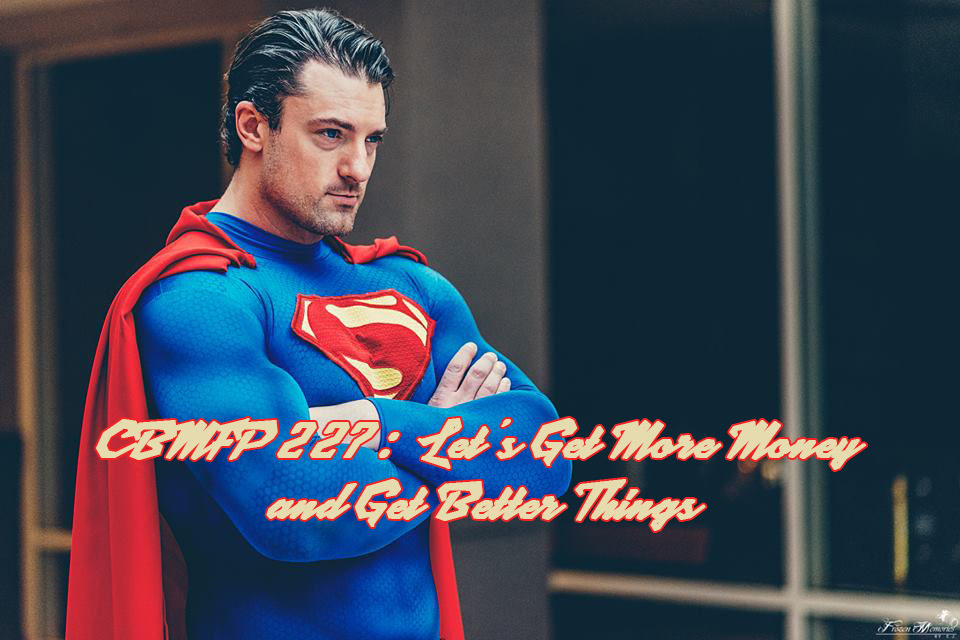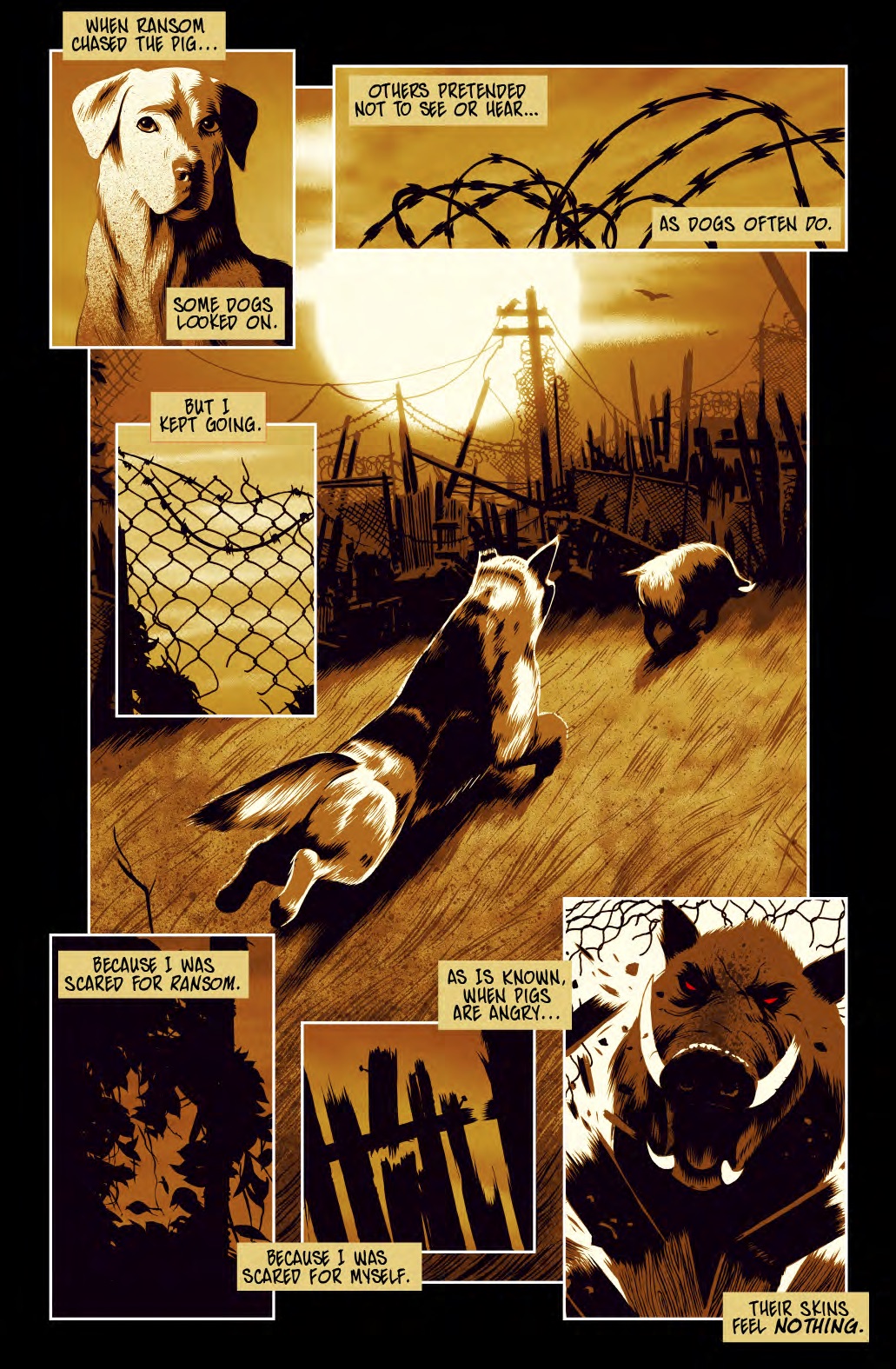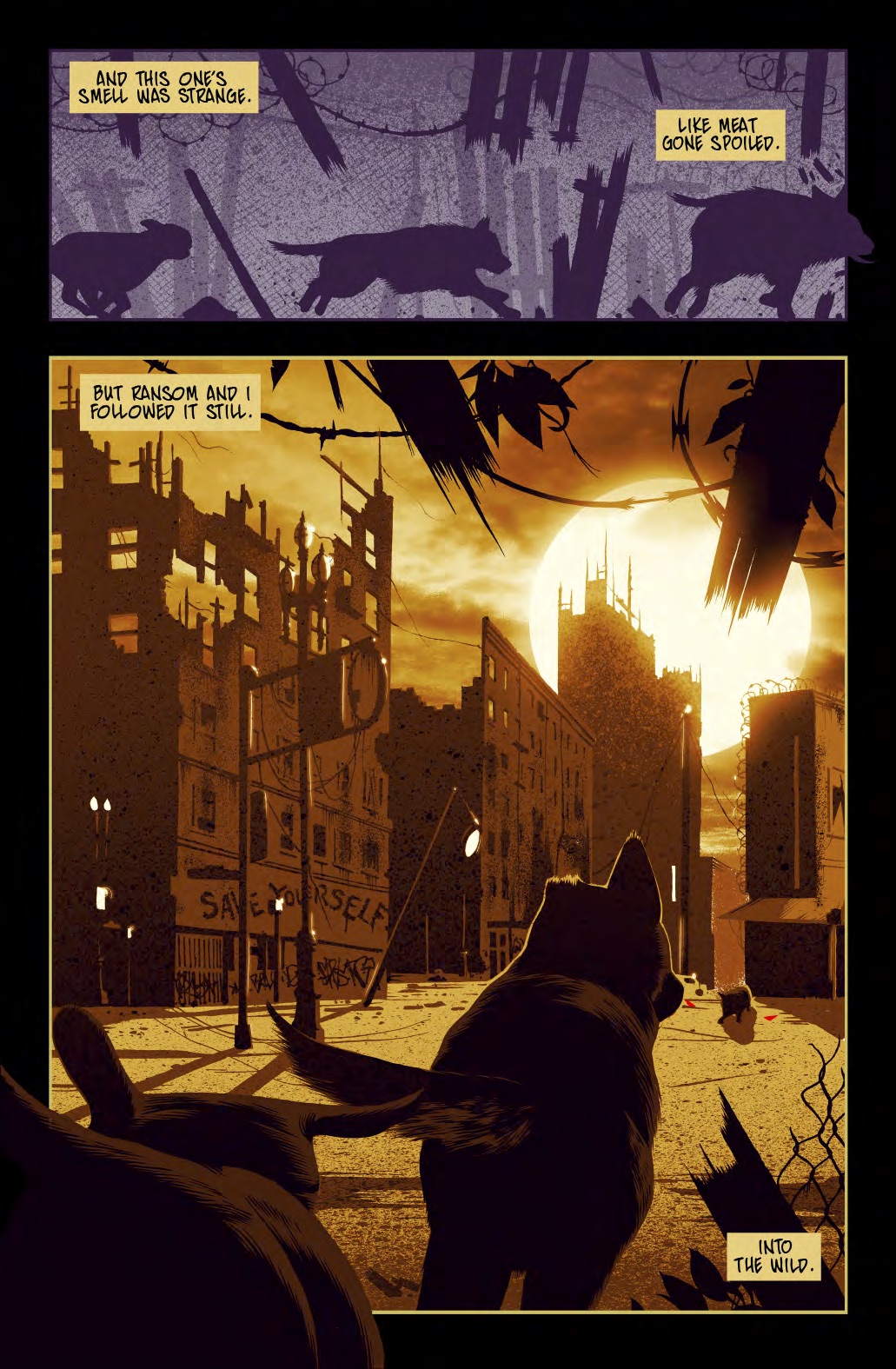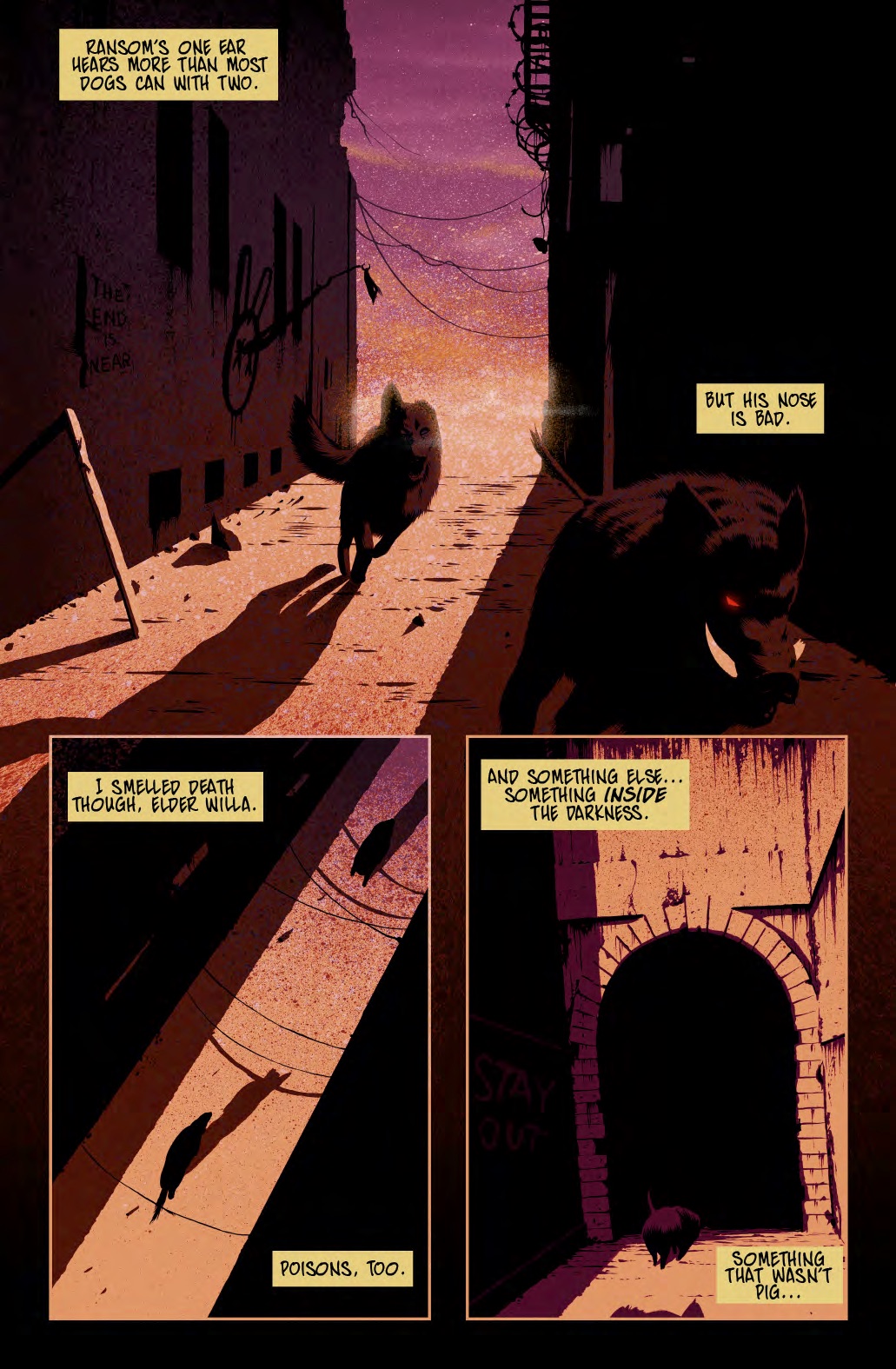Superheroes have long felt success throughout the comic book, manga, and cinematic world, even some television series have been well received in their portrayal of beloved characters. However, one avenue has always proved to be a grey area, and that is games. There have been plenty of titles released, but very few have managed to incite the same kind of passion as when they’re on the big or small screen. In fact, there are more protagonists that can’t transition to video games than those that can. Luckily, there has been a sort of redemption in this noman’s land, chiefly in the form of DC favourite Batman. The infamous dark knight made quite the entrance in 2009 when Batman: Arkham Asylum was released. Unlike previous attempts (not including the fun of Lego’s rendition), this game managed to capture the very essence of what the character and his franchise was all about. It was brooding, dark, and most importantly, well crafted, creating a narrative that flowed as seamlessly as its gameplay. The release had such a good reception that even players who didn’t normally appreciate the complexities of Batman played it and enjoyed it.
From then onward, it seems that developers from all sectors of the gaming industry started to understand what was needed in order to create a successful superhero game, as shown by Microgaming’s Hellboy slots. Just as the newest online slots feature HD graphics, so too does this activity, available from brands such as those hosted on affiliate websites such as CasinosGuide770. The reason this particular game is so popular is because, like Batman, it has been carefully put together to feature all the Dark Horse Comic elements that made this 90s comic so well liked. Although presented in a 2D format instead of a third person video game, it has an abundance of features which include the Supermode Bonus where you are awarded ten free spins.
While this has fared well, and has totted up many positive reviews with players, consoles and PCs tend to be where the majority of superhero games are released, with only a select few successfully operating at online casinos. Sword Art Online: Lost Song was released in 2015, and is based on a light novel series, aka manga, that was published in 2009. Delivered in an MMO, gamers can play for hours, fighting through hordes of enemies and dungeons. And even though there is no immersive storyline to follow, there is still lots of entertainment to be had, where your engagement is less concentrated and more about fun.





 Jared serves a couple of functions for this story and they’re all pretty self-aware of each role. He’s a character on a hero’s journey which he even straight up says to his wife, Meryl, citing it from the Joseph Campbell mono-myth structure. But he’s also a character that drives the ‘inside baseball’ of Max Bemis’s references to the comic book industry--each path Jared can take in his life can stand in for Bemis struggling with reconciling what type of story he wants to tell and if can make it an original one while honoring various influences. At various points Jared can choose to forgo responsibility and crush his enemies and hear the lamentations of the women with his new buddy Killstrike. A regressive existence that screams of childhood fantasy escapism or he could go follow his father into what basically sounds like a ‘90s Vertigo book complete with mysticism and mature self-serious undertones--all in an attempt to avoid facing his reality of trying to be a good parent and husband for his family. To reference a song title from Max Bemis’s day job as the frontman of the band Say Anything, ‘It’s a metaphor fool’. Bemis fully admits within the story that he’s working his own shit out with this character and so the fantasy he’s writing becomes meta for his own life while Jared lives through an also meta examination of his own fictional existence in turn. It’s this kind of perspective that can result in an uphill battle for this story to come out without winding up its own ass in wink-nod references. As in there are literally moments where the reader is winked at from the page, but considering that it’s Killstrike who basically lives a Deadpool-like existence of self-awareness and fourth wall breaking, it’s not as irritating as it could be if all the characters made a regular habit of it.
Jared serves a couple of functions for this story and they’re all pretty self-aware of each role. He’s a character on a hero’s journey which he even straight up says to his wife, Meryl, citing it from the Joseph Campbell mono-myth structure. But he’s also a character that drives the ‘inside baseball’ of Max Bemis’s references to the comic book industry--each path Jared can take in his life can stand in for Bemis struggling with reconciling what type of story he wants to tell and if can make it an original one while honoring various influences. At various points Jared can choose to forgo responsibility and crush his enemies and hear the lamentations of the women with his new buddy Killstrike. A regressive existence that screams of childhood fantasy escapism or he could go follow his father into what basically sounds like a ‘90s Vertigo book complete with mysticism and mature self-serious undertones--all in an attempt to avoid facing his reality of trying to be a good parent and husband for his family. To reference a song title from Max Bemis’s day job as the frontman of the band Say Anything, ‘It’s a metaphor fool’. Bemis fully admits within the story that he’s working his own shit out with this character and so the fantasy he’s writing becomes meta for his own life while Jared lives through an also meta examination of his own fictional existence in turn. It’s this kind of perspective that can result in an uphill battle for this story to come out without winding up its own ass in wink-nod references. As in there are literally moments where the reader is winked at from the page, but considering that it’s Killstrike who basically lives a Deadpool-like existence of self-awareness and fourth wall breaking, it’s not as irritating as it could be if all the characters made a regular habit of it. Ringside #5 goes out the way it came in, dark, gritty, and with the love/hate relationship most of the wrestling fans have towards the craft and the business behind it. The issue begins with a young Danny being taken to his first show, and it puts in context how much we love kayfabe (the story the wrestlers are telling inside the ring). As much as sometimes we criticize it, we love the maneuvers they make, we want to cheer the good guys and boo the bad ones. Then there’s the backstage politics and the fact that it’s still a business being made more so for pure passion than anything else. Danny, long separated from wrestling, seems to have taken a persona of the babyface who must face all odds (loses) and helps his childhood friend.
Ringside #5 goes out the way it came in, dark, gritty, and with the love/hate relationship most of the wrestling fans have towards the craft and the business behind it. The issue begins with a young Danny being taken to his first show, and it puts in context how much we love kayfabe (the story the wrestlers are telling inside the ring). As much as sometimes we criticize it, we love the maneuvers they make, we want to cheer the good guys and boo the bad ones. Then there’s the backstage politics and the fact that it’s still a business being made more so for pure passion than anything else. Danny, long separated from wrestling, seems to have taken a persona of the babyface who must face all odds (loses) and helps his childhood friend. The sheer amount of exposition in Snowfall #2 is enough to make you groan every time the world or the devices need to be explained halfway into the comic. Joe Harris isn’t just explaining the happenings in this comic, but justifying it. The dialogue is riddled with a lot of in-world terminology and it assumes the reader is submerged into the story having only read one issue. If there was little characterization in the first issue, it it’s done completely away with it on issue #2. Inspector Deal is described as the type of person she is, but no action backs it up, not that she has opportunity to do so. She goes from an evil council audience to mind control in a heartbeat. There is still nothing that makes Anthony a likable protagonist, he seeks answers to even more questions given to the reader as the last set of answers are rushed in one issue rather than taking its time. Dr. Reasons (these are not great names) is just an asshole. No motivation has been explained for him as of yet, and no reasons behind his past actions, or why he’s even torturing Anthony.
The sheer amount of exposition in Snowfall #2 is enough to make you groan every time the world or the devices need to be explained halfway into the comic. Joe Harris isn’t just explaining the happenings in this comic, but justifying it. The dialogue is riddled with a lot of in-world terminology and it assumes the reader is submerged into the story having only read one issue. If there was little characterization in the first issue, it it’s done completely away with it on issue #2. Inspector Deal is described as the type of person she is, but no action backs it up, not that she has opportunity to do so. She goes from an evil council audience to mind control in a heartbeat. There is still nothing that makes Anthony a likable protagonist, he seeks answers to even more questions given to the reader as the last set of answers are rushed in one issue rather than taking its time. Dr. Reasons (these are not great names) is just an asshole. No motivation has been explained for him as of yet, and no reasons behind his past actions, or why he’s even torturing Anthony. Apparently set in the year 2143, its story takes place in a world beset by something called simply “The Corruption.” This, according to
Apparently set in the year 2143, its story takes place in a world beset by something called simply “The Corruption.” This, according to  As a writer, Quade is simple and unaffected, instilling in both his leads (and those around them in issue #2) an easy rural charm. He favors the spaces between words over too complex a dialogue, and in general keeps things relatively tight and very simple. His art, however, speaks volumes. His figure work has an almost all-ages feel to it -- thick lines that scratch out exaggerated, overly-large features -- but at the same time, giving off an atmosphere that is both gritty and grim in the style of a Western revival. This is especially true once the chimera make their appearances over the two issues: horrific, bloody and mutated things, conjured from a wood-cutting of some forgotten old west grimoire. It’s fantastic and grotesque and beautiful.
As a writer, Quade is simple and unaffected, instilling in both his leads (and those around them in issue #2) an easy rural charm. He favors the spaces between words over too complex a dialogue, and in general keeps things relatively tight and very simple. His art, however, speaks volumes. His figure work has an almost all-ages feel to it -- thick lines that scratch out exaggerated, overly-large features -- but at the same time, giving off an atmosphere that is both gritty and grim in the style of a Western revival. This is especially true once the chimera make their appearances over the two issues: horrific, bloody and mutated things, conjured from a wood-cutting of some forgotten old west grimoire. It’s fantastic and grotesque and beautiful.



 The thing that continued to jump at me throughout this issue was Brian Joines control of character and their voices. Each one of them bizarre and unique, defined by their own mannerisms, and still giving life to the story and moving it along. Rather than existing in their own strange bubble saying the crazy things they do, they aport to the group and complement each other as a team. They receive more definition, as they’re sent to they’re all sent to the Hell Rooms and each one is individually marked by their history and uses their tragedies and strengths against them. Bill and Ted are dumped into a room together, where Joines is able to make fun of our own time line and hit thee Wyld Stallyns with their biggest fear.
The thing that continued to jump at me throughout this issue was Brian Joines control of character and their voices. Each one of them bizarre and unique, defined by their own mannerisms, and still giving life to the story and moving it along. Rather than existing in their own strange bubble saying the crazy things they do, they aport to the group and complement each other as a team. They receive more definition, as they’re sent to they’re all sent to the Hell Rooms and each one is individually marked by their history and uses their tragedies and strengths against them. Bill and Ted are dumped into a room together, where Joines is able to make fun of our own time line and hit thee Wyld Stallyns with their biggest fear. The action in this issue unfolds in a fairly predictable way. Most of the action takes place within the submarine as the investigation team is introduced. The confinement in this book resulted in a lack of action. I don’t mind confinement when the characters are written strongly, but they all seemed to come and go without much purpose and their dialogue is filled with cheesy one liners. It felt like you could take any random set of characters and put them in the same scenario. What makes this story predictable is that we know going in that there’s another alien threat even though the characters don’t yet. The problem is that the buildup is poorly executed. The threat is introduced in the final pages which made me feel like the book was ending when it had finally started.
The action in this issue unfolds in a fairly predictable way. Most of the action takes place within the submarine as the investigation team is introduced. The confinement in this book resulted in a lack of action. I don’t mind confinement when the characters are written strongly, but they all seemed to come and go without much purpose and their dialogue is filled with cheesy one liners. It felt like you could take any random set of characters and put them in the same scenario. What makes this story predictable is that we know going in that there’s another alien threat even though the characters don’t yet. The problem is that the buildup is poorly executed. The threat is introduced in the final pages which made me feel like the book was ending when it had finally started. At any rate, with the story we pick up after Doc’s death. The elder penguins are looking to kill Amaru and stop the prophecy. Thankfully Zolin stops by just in time and saves him. They reunite back at the Possum base and they hash things out and rebuild their friendship. We also learn how Zolin lost his eye which is pretty funny.
At any rate, with the story we pick up after Doc’s death. The elder penguins are looking to kill Amaru and stop the prophecy. Thankfully Zolin stops by just in time and saves him. They reunite back at the Possum base and they hash things out and rebuild their friendship. We also learn how Zolin lost his eye which is pretty funny. Cliff Secord has finally been reunited with his Rocketeer getup, already overseas as a volunteer in the army he is now ready to fight the Axis head on. No longer is he just a grunt soldier on the frontlines but The Rocketeer! In theory this idea has a lot of potential, and in the right hands perhaps it could have been something amazing. After all, World War II is fertile soil for a pulp comic. Writer Marc Guggenheim has given us all of the essential elements: 1940s timeframe, charismatic hero, nazis building secret weapons… All of the tropes are here, and yet they just don’t fit together like they should. Part of the downfall of this comic for me was the dialogue. Guggenheim gives Peter Parker a run for his money on Secord’s one-liners, and it’s worse that he’s so cheery while gunning people down. Killing nazis has always been a part of pulp war stories, so it’s not necessarily out of place, but for some reason it put me at odds. This issue felt like a watered down version of the original, because it is. Reboot, revival, whatever you want to call it, it’s just not the same. And I can understand the argument “it’s not supposed to be the same”, but it is, at least in a way. There’s nothing different about the characters or the plot, it’s just a different story, so why not just try to make it a little bit more like the original and not run the risk of leaving a bad taste in readers’ mouths.
Cliff Secord has finally been reunited with his Rocketeer getup, already overseas as a volunteer in the army he is now ready to fight the Axis head on. No longer is he just a grunt soldier on the frontlines but The Rocketeer! In theory this idea has a lot of potential, and in the right hands perhaps it could have been something amazing. After all, World War II is fertile soil for a pulp comic. Writer Marc Guggenheim has given us all of the essential elements: 1940s timeframe, charismatic hero, nazis building secret weapons… All of the tropes are here, and yet they just don’t fit together like they should. Part of the downfall of this comic for me was the dialogue. Guggenheim gives Peter Parker a run for his money on Secord’s one-liners, and it’s worse that he’s so cheery while gunning people down. Killing nazis has always been a part of pulp war stories, so it’s not necessarily out of place, but for some reason it put me at odds. This issue felt like a watered down version of the original, because it is. Reboot, revival, whatever you want to call it, it’s just not the same. And I can understand the argument “it’s not supposed to be the same”, but it is, at least in a way. There’s nothing different about the characters or the plot, it’s just a different story, so why not just try to make it a little bit more like the original and not run the risk of leaving a bad taste in readers’ mouths. It’s clear early on in this story that there’s no humans. They’ve either been wiped out by the robots or are just dead. It makes the story interesting because these worker robots chose human things to do. One takes up golf, but has an encounter that prevents it from really taking a swing at the sport. Another takes up art and has a very modern approach to it. All of them do things that basically robots have no business doing and really it works quite well because the point of the story isn’t that they’re robots, but that we are.
It’s clear early on in this story that there’s no humans. They’ve either been wiped out by the robots or are just dead. It makes the story interesting because these worker robots chose human things to do. One takes up golf, but has an encounter that prevents it from really taking a swing at the sport. Another takes up art and has a very modern approach to it. All of them do things that basically robots have no business doing and really it works quite well because the point of the story isn’t that they’re robots, but that we are. The title page on this one was so important (whether it represents a real death or not) and so gorgeous that the editorial team actually made the decision to leave Kubo's original lettering. Granted, given the length of the chapter's title, I think it might have at least partially been a forced choice; still, it was an editorial decision nonetheless, and it's a page I'm grateful to experience nearly exactly as Kubo intended. To end the chapter on the couple of big ink wipes that make up most of my favorite character, Kenpachi, is just too good.
The title page on this one was so important (whether it represents a real death or not) and so gorgeous that the editorial team actually made the decision to leave Kubo's original lettering. Granted, given the length of the chapter's title, I think it might have at least partially been a forced choice; still, it was an editorial decision nonetheless, and it's a page I'm grateful to experience nearly exactly as Kubo intended. To end the chapter on the couple of big ink wipes that make up most of my favorite character, Kenpachi, is just too good. It is an ugly, nerve-bending book, dealing in unsubtle imagery. Some of the panels are worth staring at for minutes just to take in the details. The busy, jumbled line work forces the eye to wander across each page. Ian Bertram's compositions are thankfully very traditionally attractive even if they are being used to portray gross and generally unpleasant scenes. One panel has a beleaguered servant dwarfed by huge and bizarre statues, riding to his seemingly never-ending work. And the following panel features a similar scene of the clearly unstable Sarah Winchester looming over an array of confiscated bullets, each round standing in place like a macabre chess piece. Again, it isn't subtle, but it works so well you're eyes are just busy enjoying it. Characters are all swollen, stretched, or otherwise malformed features rendered in anxious lines. Everyone here is a monster. As a result, no one is likable or relatable. Not yet, anyway.
It is an ugly, nerve-bending book, dealing in unsubtle imagery. Some of the panels are worth staring at for minutes just to take in the details. The busy, jumbled line work forces the eye to wander across each page. Ian Bertram's compositions are thankfully very traditionally attractive even if they are being used to portray gross and generally unpleasant scenes. One panel has a beleaguered servant dwarfed by huge and bizarre statues, riding to his seemingly never-ending work. And the following panel features a similar scene of the clearly unstable Sarah Winchester looming over an array of confiscated bullets, each round standing in place like a macabre chess piece. Again, it isn't subtle, but it works so well you're eyes are just busy enjoying it. Characters are all swollen, stretched, or otherwise malformed features rendered in anxious lines. Everyone here is a monster. As a result, no one is likable or relatable. Not yet, anyway. I’m going to save you some time and just let you know that they fix time. Why did I tell you that? Because it’s going to help me illustrate the point that there’s no consequences to this story. There’s never any doubt that they’ll fix time and so there’s no reason not to tell you that they fix it. The point of the story is just to have the characters show up and do their gimmick, but their gimmick’s aren’t strong enough because we don’t spend any real time with them.
I’m going to save you some time and just let you know that they fix time. Why did I tell you that? Because it’s going to help me illustrate the point that there’s no consequences to this story. There’s never any doubt that they’ll fix time and so there’s no reason not to tell you that they fix it. The point of the story is just to have the characters show up and do their gimmick, but their gimmick’s aren’t strong enough because we don’t spend any real time with them. One series that hasn't been in the Progs since I first started reviewing them is Aquila which makes what I would count as a triumphant return. Rennie's sense of humor and comedic timing carries over to this script as Aquila watches a gladiator match unfold and gives some betting advice. Paul Davidson's bold lines come together to form some very fun character designs, despite the fact that those characters, you know, mostly die in a gladiator match. Aquila is at its best when it mixes reality and myth, and it's easy to get a feel for both when the creative team delivers such an attractive approximation of a secutor and his armor. One of my favorite colorists in the Progs, Len O'Grady, does a stellar job of standing up to Davdison's inks and, more importantly, in giving us effectively bloody finishes.
One series that hasn't been in the Progs since I first started reviewing them is Aquila which makes what I would count as a triumphant return. Rennie's sense of humor and comedic timing carries over to this script as Aquila watches a gladiator match unfold and gives some betting advice. Paul Davidson's bold lines come together to form some very fun character designs, despite the fact that those characters, you know, mostly die in a gladiator match. Aquila is at its best when it mixes reality and myth, and it's easy to get a feel for both when the creative team delivers such an attractive approximation of a secutor and his armor. One of my favorite colorists in the Progs, Len O'Grady, does a stellar job of standing up to Davdison's inks and, more importantly, in giving us effectively bloody finishes.